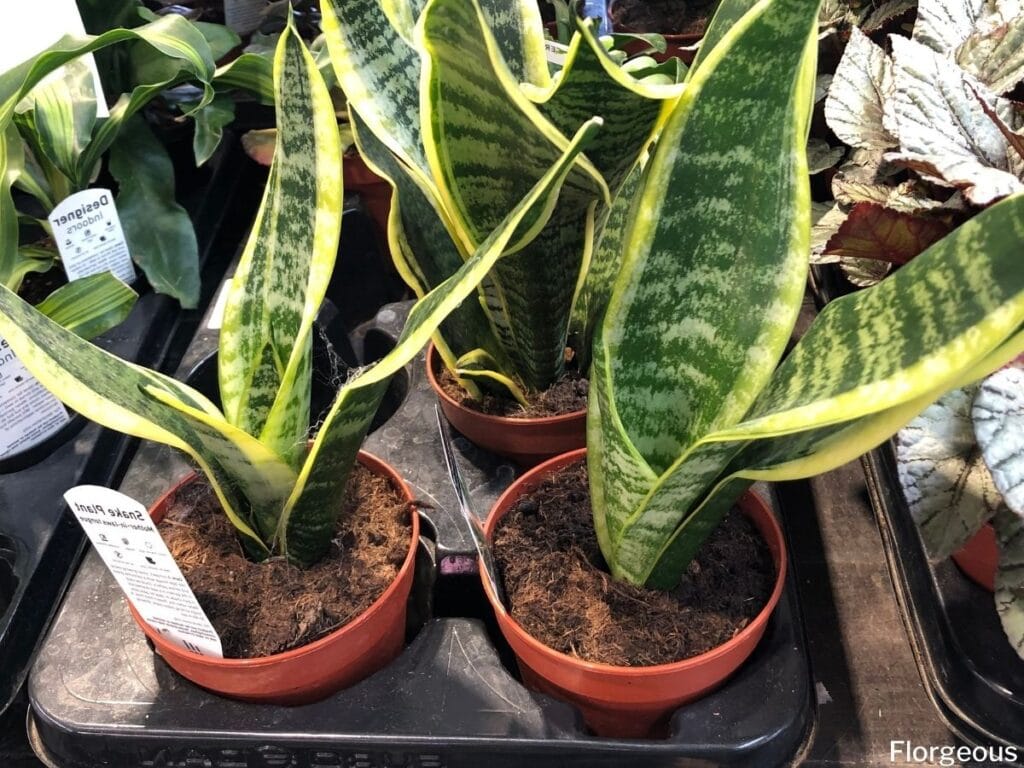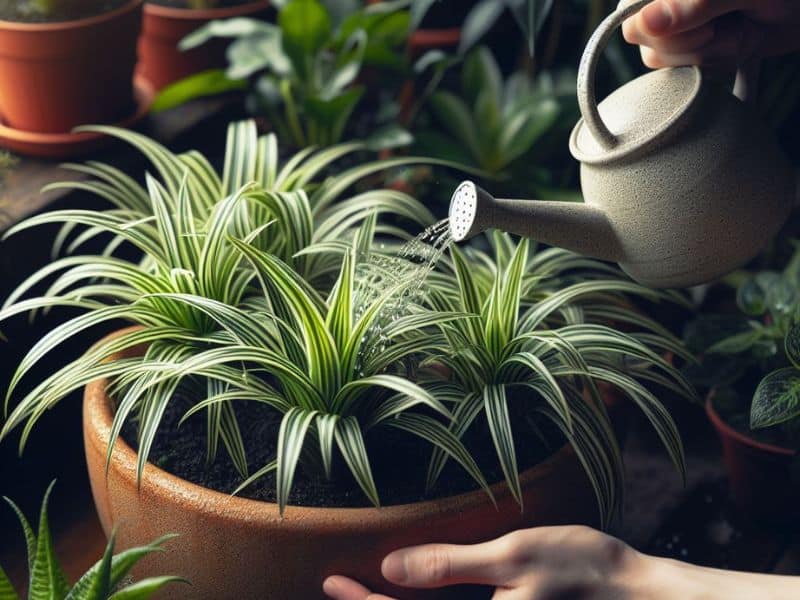Ever found yourself at the plant section of your favorite store, yearning to bring a touch of nature into your home, but haunted by the ghosts of plants past? Don’t worry, you’re not alone. Many of us love the idea of indoor plants, but the reality often involves wilted leaves and a sense of botanical failure.
But what if you could fill your space with greenery that’s as resilient as it is beautiful? This article will introduce you to a selection of indoor plants that are hard to kill, turning your home into a verdant oasis, without the stress of constant plant-care.
So, let’s embark on this journey of low-maintenance indoor gardening together.
Understanding the Qualities of Hard-to-Kill Indoor Plants
Before picking out your next indoor plant, it’s useful to know what makes certain plants hardy and resilient. The qualities often include adaptability to various environments and low maintenance requirements. Let’s delve deeper into these characteristics.
Adaptability in Various Environments
Hard-to-kill indoor plants are often adaptable to a range of environmental conditions. They aren’t picky about their surroundings but rather thrive in various lighting conditions and temperatures.
Take Snake plants for example, they’re a champ when it comes to adapting as they can live happily in high light, low light or anything in-between.
Low Maintenance Requirements
A common characteristic of resilient indoor plants is they don’t require constant care. These plants, like the ZZ plant or Pothos, can survive periods of forgetfulness from their owners.
They don’t demand frequent watering or feeding. These low maintenance plants can withstand a reasonable amount of neglect, making them the perfect choice for those wanting to add some green to their homes without adding too much to their to-do list.
Top 4 Indoor Plants That Are Hard to Kill
Green fingers or not, these five indoor plants will thrive all the same.
Snake Plant (Sansevieria)

Snake Plants, also known as “Mother-In-Law’s Tongue,” are definition of hardy plants. Their capacity to endure in low-light conditions, paired with an infrequent need for water, makes them an incredibly easy plant to maintain. Besides, they’re also great air purifiers—yes, they’re practically perfect!
Pothos (Epipremnum Aureum)

This trailing vine is accountable for softening many a sharp home interior. But it’s not all about the looks! Pothos plants are tough cookies—they can handle low light and sporadic watering without batting a leaf. Remember to keep them out of direct sunlight, it can make their vibrant leaves look a little washed out.
Spider Plant (Chlorophytum Comosum)

Spider Plants are damn-near indestructable. They’re fine in wide-ranging light conditions, but they prefer bright, indirect sunlight. Just avoid waterlogging their soil, and they’ll keep sprouting new growth in the form of spiderettes. Fun? Absolutely!
ZZ Plant (Zamioculcas Zamiifolia)

Perhaps the ZZ Plant‘s biggest charm is its glossy, deep green leaves that simply don’t wither away, despite what you may well throw at them.
Well, within reason, of course! Out of all our indoor green friends, this one requires the least amount of water. So, if you’re a bit forgetful, this could be your plant soulmate.
Care Tips for Low-Maintenance Indoor Plants
You’ve got your hard-to-kill indoor plants, and now it’s time to dive into the world of low-maintenance indoor plant care.
Watering Guidelines
Yes, watering is crucial, but it’s not all about pouring H2O. For hardy indoor plants like Snake Plant, Pothos, Spider Plant, and ZZ Plant, less is really more.
Over-watering is a common mistake, so aim to water them only when the top inch of soil dries out. You’ll likely find they need water only once every one to two weeks, depending on the air’s humidity and the plant’s size.
Light and Temperature Needs
Light and temperature requirements may vary, but here’s the general rule: these plants thrive in medium to low indirect light.
Avoid placing them where they’ll get hit by direct sunlight – their leaves can burn. Temperature-wise, they’re happy campers in standard indoor conditions ranging from 60 to 80 degrees Fahrenheit.
Common Mistakes to Avoid
While these plants are forgiving, certain blunders can be troublesome. Apart from over-watering, avoid re-potting too often; these plants prefer to be a bit root-bound.
Keep them away from extremely cold drafts or hot radiators, both can wreak havoc on these hardy gems. By avoiding these mistakes, you will ensure your greens stay healthy and robust.
Where to Place Your Indoor Plants for Optimal Growth
Choosing the right spot for your indoor plants is pivotal in setting them up for success. Remember, different plants have unique needs, so let’s explore the best areas in your home to boost plant growth.
Best Spots in Your Home for Indoor Plants
When deciding the placement of your indoor plants, consider areas that get a good amount of indirect sunlight, as most indoor plants thrive in such conditions. A windowsill facing north or east often creates the perfect environment.
Another great spot is near the top of bookshelves because heat rises, creating a warm and cozy atmosphere for your green friends. Balanced humidity is also crucial. If your home tends to get dry, consider placing plants in areas that retain moisture, like the bathroom or kitchen.
Tips for Arranging Plants Aesthetically
While plant health should be your top priority, it’s also nice to arrange them in a visually pleasing way. Try clustering them in odd numbers for an eye-catching display. Varying the sizes, shapes, and colors of your plants can add depth and intrigue to your arrangements.
Another great tip is to use stylish and diverse containers. They not only add a decorative touch but also allow you to move your plants around according to their light and temperature needs. Mixing trailing vines like Pothos with upright plants such as Snake plants can also create a captivating visual impact.
Enjoy the process of arranging, it’s a chance to express your creativity while making your home feel more alive and vibrant.
Frequently Asked Questions About Indoor Plants
Navigating the world of indoor plants can be a journey with many twists and turns. Below, we aim to clear up some common questions that arise when caring for indoor greenery.
How Often Should I Water My Indoor Plants?
While there’s no one-size-fits-all answer, as a general guide, most indoor plants thrive when their soil is allowed to dry out slightly between waterings. This often means watering approximately once a week during warmer months and slightly less frequently during cooler ones.
However, always check the specific care instructions for each plant species. Pothos, for example, prefers its soil to be really dry before another watering. Trust your instincts, too. If the soil feels wet, give it more time before adding water.
What If My Indoor Plant Starts Wilting?
Don’t despair if your indoor plant starts wilting; it’s not an immediate death sentence. Wilting could be caused by both overwatering and underwatering. If you’re unsure which one, consider the plant’s recent care routine. If you’ve been watering frequently and the plant is wilting, try holding back on the water.
Conversely, if you’ve neglected to water regularly, start upping your watering game. If the wilting continues, consider repotting your plant in fresh compost, which can help give it a new lease on life. Make sure you’re also offering your plant optimal light conditions as per its species.
Up next:







